Pros and Cons of each resume format and when to use them
If you are looking for a new job or want to update your resume, you might be wondering which resume format is best for your situation. There are three main types of resume formats: chronological, functional and hybrid. Each one has its own advantages and disadvantages, depending on your work history, skills and career goals. In this blog post, we will explain the pros and cons of each resume format and when to use them.
- Chronological resume format
A chronological resume format lists your work experience in reverse chronological order, starting with your most recent job and going back to your earliest one. This format is the most common and preferred by most employers, as it shows your career progression and achievements clearly. It also makes it easy for recruiters to scan your resume and see if you have the relevant experience and qualifications for the job.
- Some of the pros of using a chronological resume format are:
- It highlights your work history and accomplishments
- It shows your career growth and stability
- It demonstrates your skills and abilities in context
- It is easy to read and follow
- It is suitable for most industries and professions
- Some of the cons of using a chronological resume format are:
- It may emphasize gaps in your employment or frequent job changes
- It may not showcase your transferable skills or potential
- It may not be the best option if you are changing careers or have limited work experience
- When to use a chronological resume format:
- You have a solid and consistent work history in the same or related field
- You want to highlight your career progression and achievements
- You are applying for a job that requires specific experience and qualifications
- Functional resume format
A functional resume format focuses on your skills and abilities rather than your work history. It groups your skills into categories that are relevant to the job you are applying for, such as communication, leadership or technical skills. It also provides a brief summary of your work history at the end of the resume, but does not include dates or details of each job.
- Some of the pros of using a functional resume format are:
- It showcases your transferable skills and potential
- It highlights your strengths and achievements
- It masks gaps in your employment or frequent job changes
- It is flexible and adaptable to different situations
- It is suitable for changing careers or entering a new field
- Some of the cons of using a functional resume format are:
- It may raise questions about your work history and credibility
- It may not show your career growth and stability
- It may not demonstrate your skills and abilities in context
- It may be harder to read and follow
- It may not be preferred by some employers or recruiters
- When to use a functional resume format:
- You have gaps in your employment or frequent job changes
- You have limited work experience or are a recent graduate
- You want to highlight your skills and abilities rather than your work history
- You are changing careers or entering a new field
- Hybrid resume format
A hybrid resume format combines elements of both chronological and functional formats. It starts with a summary of your skills and qualifications, followed by a detailed work history in reverse chronological order. This format allows you to showcase both your skills and achievements, as well as your work history and progression.
- Some of the pros of using a hybrid resume format are:
- It balances your skills and work history
- It highlights your strengths and accomplishments
- It shows your career growth and stability
- It demonstrates your skills and abilities in context
- It is versatile and suitable for different situations
- Some of the cons of using a hybrid resume format are:
- It may be longer than other formats
- It may be redundant or repetitive
- It may not mask gaps in your employment or frequent job changes
- It may not be the best option if you have limited work experience or are changing careers
- When to use a hybrid resume format:
- You have a strong and consistent work history in the same or related field
- You want to showcase both your skills and achievements
- You are applying for a job that requires specific experience and qualifications
In conclusion, choosing the right resume format depends on your work history, skills, and career goals. The chronological resume format is the most common and preferred by most employers, while the functional resume format focuses on skills and abilities rather than work history. The hybrid resume format combines elements of both and is versatile for different situations. It's important to consider the pros and cons of each format and choose the one that best represents your qualifications and makes a strong case for why you are the right candidate for the job. Ultimately, a well-crafted resume can help you stand out and land the job you want.








